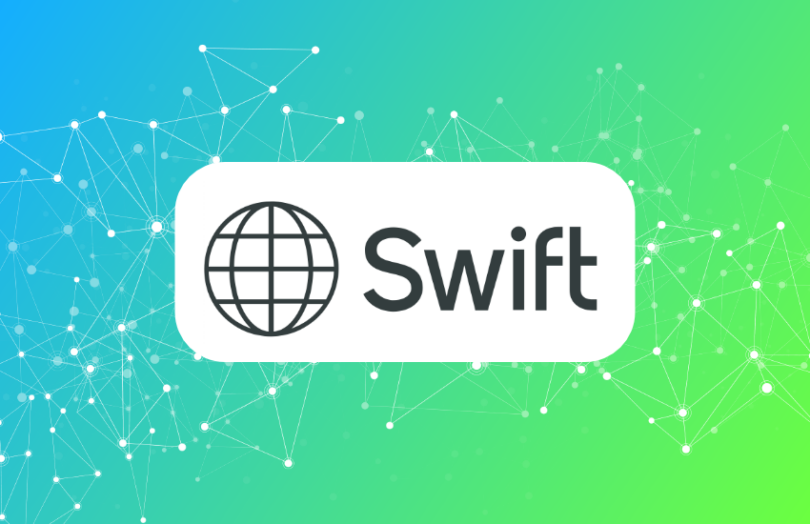SWIFT has been testing an interoperability solution to enable domestic central bank digital currencies (CBDCs) to be used for cross border payments. It ran 12 weeks of successful sandbox simulations with the central banks of France, Germany and Singapore and 15 commercial banks and plans to advance to a beta phase.
One of the risks with digital currencies is fragmentation, as each digital currency network is potentially an island. Hence interoperability is crucial between conventional systems and digital currencies and particularly for cross border payments.
Much like SWIFT’s role in conventional payments, SWIFT provides a hub for the interlinking solution in which messages are sent between parties. CBDCs never leave their domestic networks.
“Our experiments have shown the critical role that Swift can play in a financial ecosystem in which digital and traditional currencies co-exist,” says Tom Zschach, Chief Innovation Officer at Swift.
Some of the banks involved included BNP Paribas, HSBC, Intesa Sanpaolo, NatWest, Royal Bank of Canada, SMBC, Société Générale, Standard Chartered and UBS.
“An open, interoperable architecture is essential for secure, frictionless, and evolving cross-border payment flows in the digitisation of currencies,” said David Rego, Global Head of Payments at Standard Chartered.
Interoperability between CBDCs, fiat, technologies
The sandbox involved transactions between a CBDC on a Quorum blockchain network and one on a Corda DLT network. It also included transactions between Corda and a real-time gross settlement (RTGS) system. The fiat currency wasn’t revealed, but the involvement of three central banks means it was either the euro or the Singapore dollar.
The next development phase will also include Hyperledger Fabric and a centralized non-DLT CBDC. This sandbox iteration used Hyperledger Firefly, a middleware solution that supports the Quorum, Besu, Corda and Fabric blockchains. Its core developer Kaleido was involved in the SWIFT project.
One of the keys to blockchain payments is atomicity, ensuring if one side fails, they both fail. Rather than using hash timelock contracts (HTLC), the solution involves escrowing, so the money is ready to go if the payment gets the go ahead.
While the beta version is being developed, the sandbox will progress to include a variety of use cases, including settlement of securities transactions, trade finance and conditional payments.
Meanwhile, earlier this week, three central banks -Israel, Norway, Sweden – and the BIS published a report on another cross border CBDC solution Project Icebreaker, involving a hub and spoke architecture, this time for retail CBDC.






